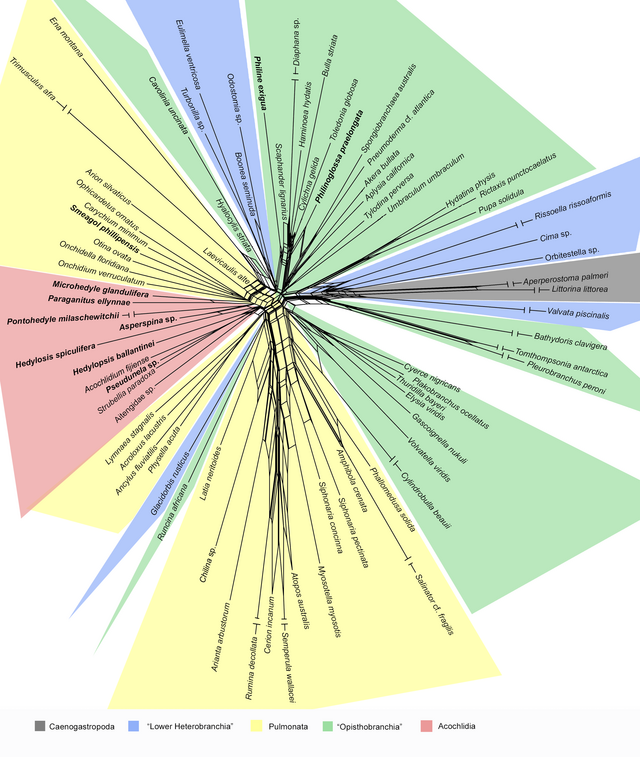Top Qs
Timeline
Chat
Perspective
Split (phylogenetics)
Bipartition of a set of taxa From Wikipedia, the free encyclopedia
Remove ads
A split in phylogenetics is a bipartition of a set of taxa, and the smallest unit of information in unrooted phylogenetic trees: each edge of an unrooted phylogenetic tree represents one split, and the tree can be efficiently reconstructed from its set of splits. Moreover, when given several trees, the splits occurring in more than half of these trees give rise to a consensus tree, and the splits occurring in a smaller fraction of the trees generally give rise to a consensus split network. Pairs of splits are compatible if any of the subsets defined by each split do not overlap.[2]
This article may be too technical for most readers to understand. (March 2024) |

Remove ads
See also
- SplitsTree, a program for inferring phylogenetic (split) networks.
References
Wikiwand - on
Seamless Wikipedia browsing. On steroids.
Remove ads
